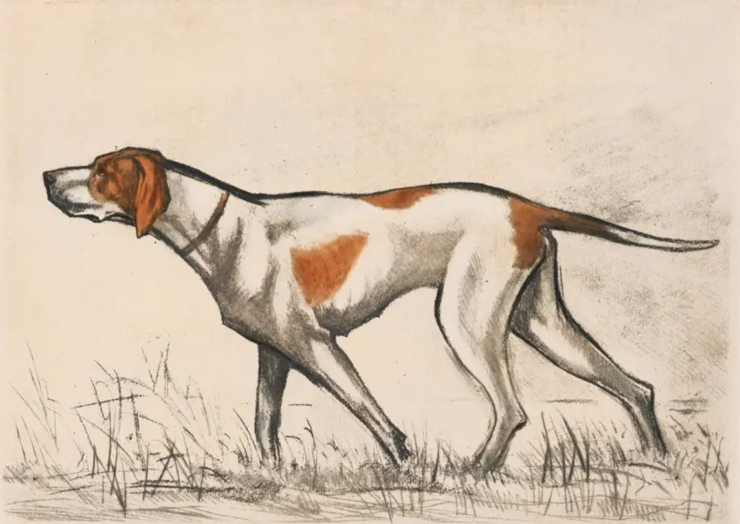
He was born Louis Stanislas Xavier, and while being born into royalty seems like it would have been a good thing, in Louis’ case, not so much. His sibling was executed by guillotine, his nephew died in prison, and Louis, himself, was in exile for twenty-three years.
Bad luck for having been born at a lousy time.
The French Revolution dramatically altered the course of Louis’s life. It ended the life of his older brother, Louis XVI, and with the guillotine’s blade against the older sibling’s neck, the French crown was thrust onto the younger Louis who was now Louis XVIII, the de facto leader of the Royalists.
It was not a dull life.
Louis witnessed the rise and fall of Napoleon Bonaparte, and when Napoleon abdicated, Louis’ reinstatement to the throne began the Bourbon Restoration.
France’s experiment in parliamentary government after the Revolution marked a transition to a constitutional monarchy which meant that Louis was not an absolute ruler. It couldn’t have been easy; Louis had one foot in the Old Regime, and the other in the aftermath of the French Revolution. Louis was tasked with reconciling a fractured country while establishing a moored government – a delicate balancing act requiring the support of both royalists and French liberals, neither of whom much cared for the other.
When Louis died in 1824, his younger brother, Charles X, succeeded him, but Louis had left his mark. He had tried to provide a stable and middle-of-the ground monarchy at a highly challenging period, but he wasn’t always able to solve deep-seated issues that had plagued France for decades. We leave to the history books the things Louis got wrong or right because in this post, we focus more on something that reflected Louis’ aristocratic background – purebred dog ownership.

Braque Saint Germain at the World Dog Show in Poznań; Image shared under Creative Commons Attribution-Share Alike 3.0 Unported license.
Hunting had been a significant activity for previous kings including Louis XIV, Louis XV, and Louis XVI, but the activity as an exclusive right of nobles was stripped from that class during the Revolution. It was a dreadful time for purebred dogs, a period that saw the near extinction of many breeds associated with the Old Regime’s excesses and privileges. What was excessive? From a paper authored by Philip Mansel, we know that an imperial hunt had a staff of 100 men, 115 horses and 170 hounds, and cost about 445,000 francs a year.
Louis XVI’s era reflected a decline of such numbers, and though Louis himself, “had no venerie in his household as a prince, did not hunt as a king – although every fete de Saint Louis his hunt presented him with a ‘bouquet de gibier,” he did have hunting dogs. Louis may not have hunted, but his chief huntsman had imported a number of orange and white Pointers a few years before Louis’ death, about six years after Pointers had arrived in France via Vincent Caillard.
These Pointers are believed to have been part of the foundation for the Braque Saint Germain breed.
We circle back to Louis’ brother, Charles X. Remember him?
It was he who had been gifted two Pointers, a male and a female named “Miss.” Sadly, the male died, but Miss was bred to a local Braque Francai named, “Zamor,” and they produced seven puppies, four of which were orange and white. Initially, the new breed was named Compiegne Pointers for where their kennel was located, but later, the royal foresters moved to the Saint-Germain region which is why the breed was renamed.
Miss and Zamor had other puppies which, by most accounts, were given to the foresters. The reputation of these dogs as fast, wide ranging hunters grew, not just among sportsmen, but evidently with fanciers because we found one source writing that the Braque became a favorite show dog, and was the most shown breed at the first French dog show in 1863. From then on, the legacy of Braque Saint-Germain grew.
In 2006, the UK Kennel Club granted full recognition to the breed within their gun dog group. As of this writing, the AKC has the Braque Saint-Germain in its Foundation Stock Service.
As for our post title, it’s a bit of silliness stemming from 1963 hit version by the Kingsmen and now a vintage standard in rock and roll. A modern “homage” to Louis XVIII:
Top image: Braque Saint-Germain by Georges Benoist from 1944
